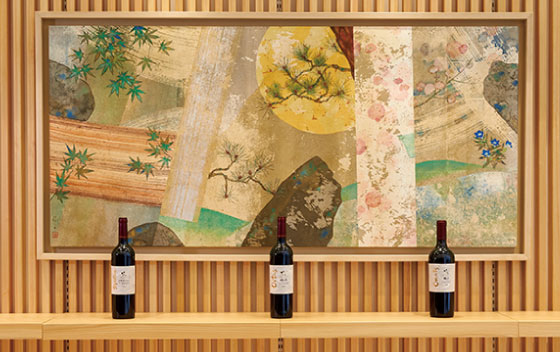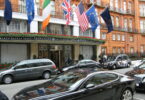The Joys of Koshu
Fron The Wine and Food Diary of Giles MacDonogh
15 march ,2025
After more than forty years of tasting wine, there are relatively few big surprises left to me. Novelties have come and gone, but there was generally a certain predictability about up-and-coming countries and regions. You knew the model (generally France, Germany, Italy, Spain or Portugal) and you were usually conscious of what the winemaker was trying to achieve (the best of France, Germany, Italy, Spain or Portugal). Sometimes, the wine veered completely off course and the results were pathetic caricatures. On other occasions a new Pinot Noir was nowhere near a great Côte de Nuits, but even so, it turned out to be a really wonderful wine. One of the more soul-destroying experiences of tasting in Napa, for example, was being told over and over and over again, that the wine I had in my glass had come first, second or third in some competition and beaten a first growth Bordeaux or a grand cru Burgundy. The best wines in the Napa, or anywhere else for that matter, are those which are comfortable being themselves.
All of which brings me to Koshu, and the tasting I attended in London on 5 February. This was a real eye-opener because so many of the wines were wrought in a style that was entirely new, and even the imitative wines (it was not all ‘koshu’) had a character to them that was organoleptically Japanese. The experience sent me straight back to my friend Anthony Rose’s book, Sake and The Wines of Japan in my desire to know more. It was obviously a good sign that Anthony had been present at the tasting and was busy giving a masterclass in the room next door.
‘Koshu’ is a pink-skinned grape variety native to Japan. It thrives – as much as any cultivar does – in Japan’s damp maritime climate. Koshu represents less than half of Japan’s production. The rest is made up of hybrids and vinifera grapes like Cabernet Sauvignon and Merlot, but even they turn out tasting unmistakably Japanese.
I cut my teeth on Aruga Branca in the Yamanashi region. Brilhante was all lemon and salt, Issehara was catty. Branca Pipa was toffee-like from five years in cask.
Château Mercian is one of the oldest and most venerable estates in Yamanashi. Of the whites I liked the Fuefuki Koshu Gris de Gris best, although I noted that the Kamoidera Syrah was convincingly Syrah.
I was beginning to get the hang of Koshu by the time I got to the Fujiclair Winery. It was reminding me of the lovely, limpid, refreshing wines of Dézaley in Switzerland, which are possibly the only Chasselas wines in the world worth the toss. I really liked the Ginka Koshu, and with just 9.5 percent alcohol, like most Koshu wines it was unlikely to give you a headache.
Grace wine has been around for a century. Koshu is grown at 700 metres in volcanic soil. My favourite was the Koshu from the Misawa Vineyard with its high acidity and depth of flavour.
The first really appealing red wine came from Iwasaki Jozo, it was made from Marselan, Merlot, Petit Verdot, Tannat and Mourvèdre, but I still preferred the seaweedy, yeasty Château Honjyo Sparkling Terroir.
From Manns Wines, the Koshu Primeur was another wine that reminded me of Dézaley.
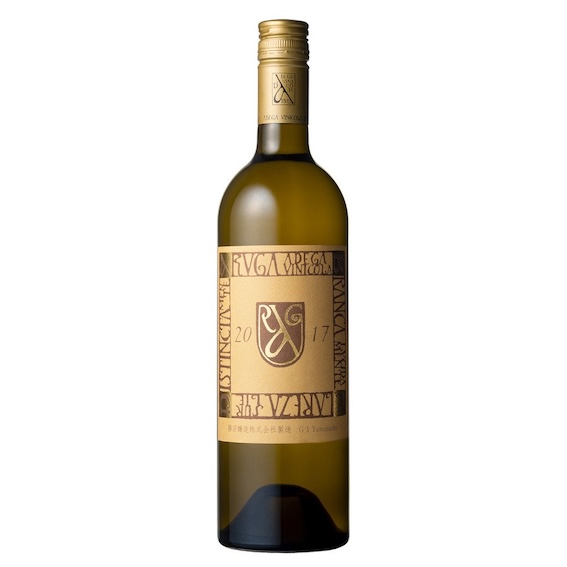
Koshu Aruga Branca
The Tomi no oka Winery (Suntory) had a nice Tomi, with a slight smell of marmalade and complexity on the palate. I left with a desire to know Koshu better, and to try it with food.
Mountain wines tend to be lighter in body and higher in acidity. This is certainly the case when it comes to the La Celia vineyard in the Uco Valley in the Mendoza region of Argentina, which held a tutored tasting at the Institute of Masters of Wine on 18 February.
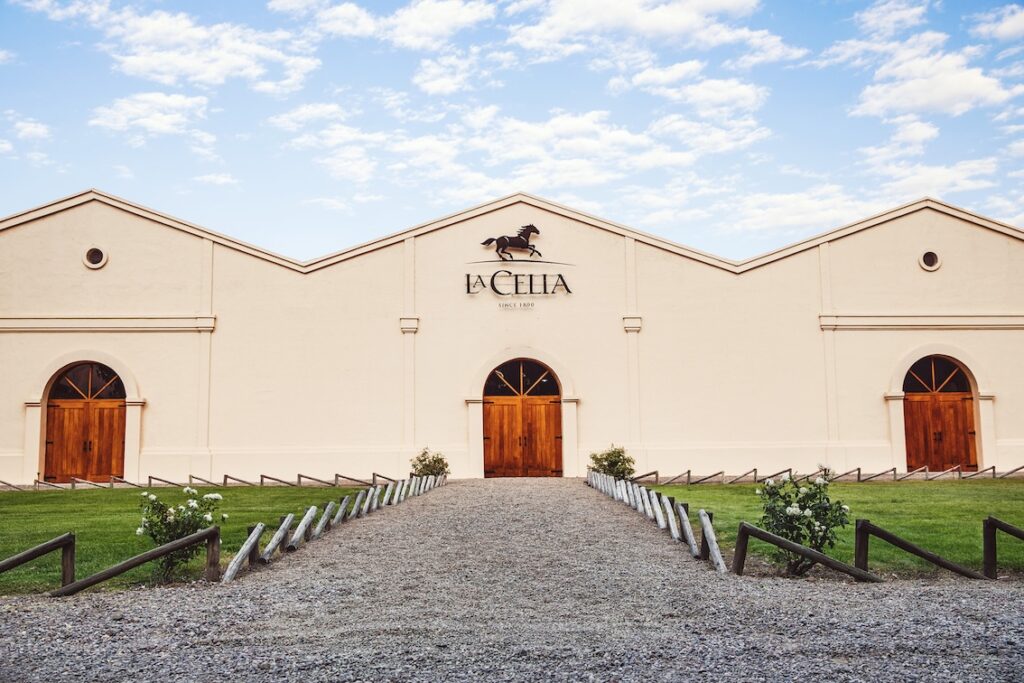
La Celia’s thirty-year-old Malbec vines face east at some 3,000 metres above sea-level. We tasted the 2006 and 2008 vintages, which are a little frail now. The first wine that was still completely buoyant was the rose-scented, cherry-tasting 2012. Ten years seemed to be the optimum age, and the 2015 and 2017 vintages were two of the best. They were very different wines: the former more like black fruit, toffee and butter, the latter more citrussy and long. The next great wine will certainly be the 2020. La Celia also makes some Cabernet Franc, of which the best was the 2021.
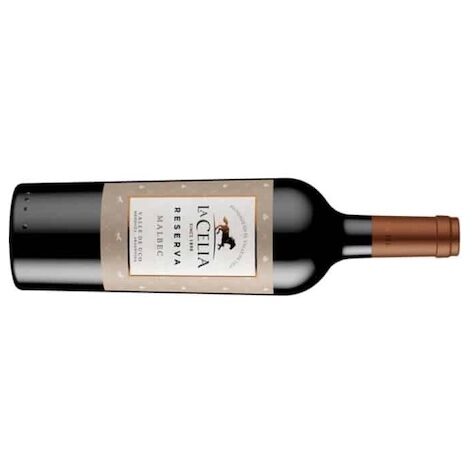
_________________________________________________________________________
As I write the President of the United States is sitting on a mountain above the Potomac, hurling tariffs at the world below. Some terrifying impost has just hit our cousins in the EU, which, if it remains in place, will cripple a number of estates used to selling their top wines across the Atlantic. This may be the last time I write about US wines for a while.
I went to the Washington State and Oregon Tasting on 6 February – neither state, I should make clear – possessed much of a Trump stake which made my heart a little lighter. With limited time I looked mostly at Oregon, and much of that under the wide skirts of Ste Michelle with its ultra-confusing number of branches and labels. There were ‘new world’ Chardonnays from A – Z Wineworks, with that melon character you either like or loathe, the much more sophisticated Columbia Crest had big Cabernets like 14 Hands (the size of a horse?). Better still was the Chateau Ste Michelle Cabernet or the 2021 Syrah from the same stable – lovely and opulent. Two more Syrahs impressed by their sheer masculinity: 2022 Columbia Crest and 2021 Horse Heaven Hills. Good Pinot Noir was to be had from Erath, the best, however came from the Willakia Vineyard.
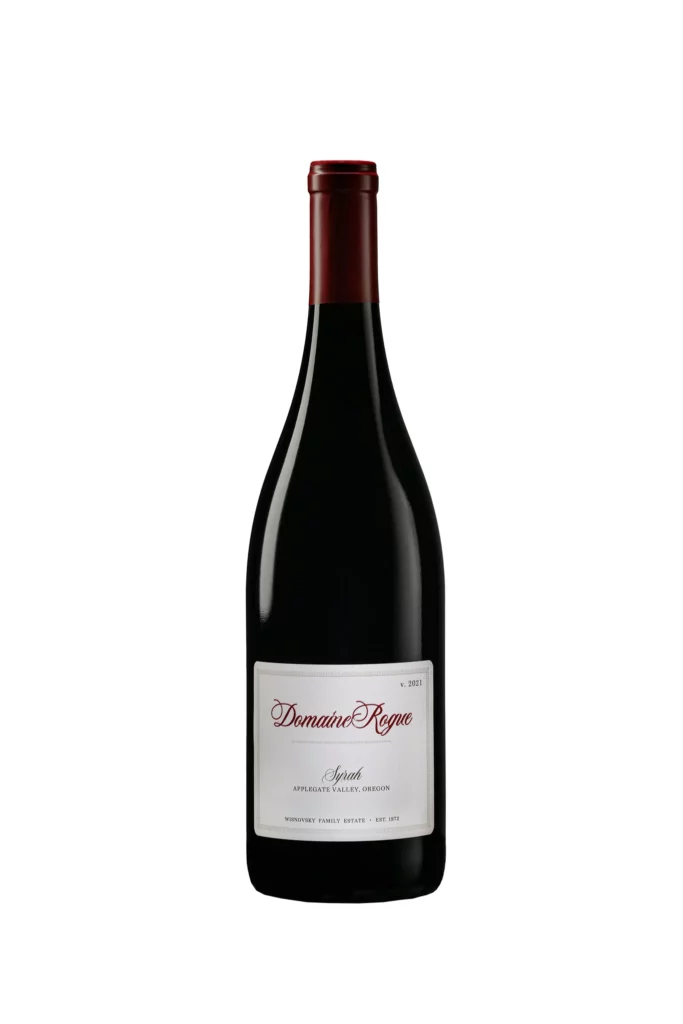
Valley View with its Domaine Rogue Syrah
Ste Michelle has wines for all tastes and all pockets, but there is another side to the coin in Oregon, with boutique estates like Valley View with its Domaine Rogue Syrah or the Stoller family estate which was showing mostly Pinot Noir, and some of it was exceedingly good. The best of all was the 2019 Reserve. These are well-charted wines, however, as we have known all about the potential of the Pacific North West for decades.

